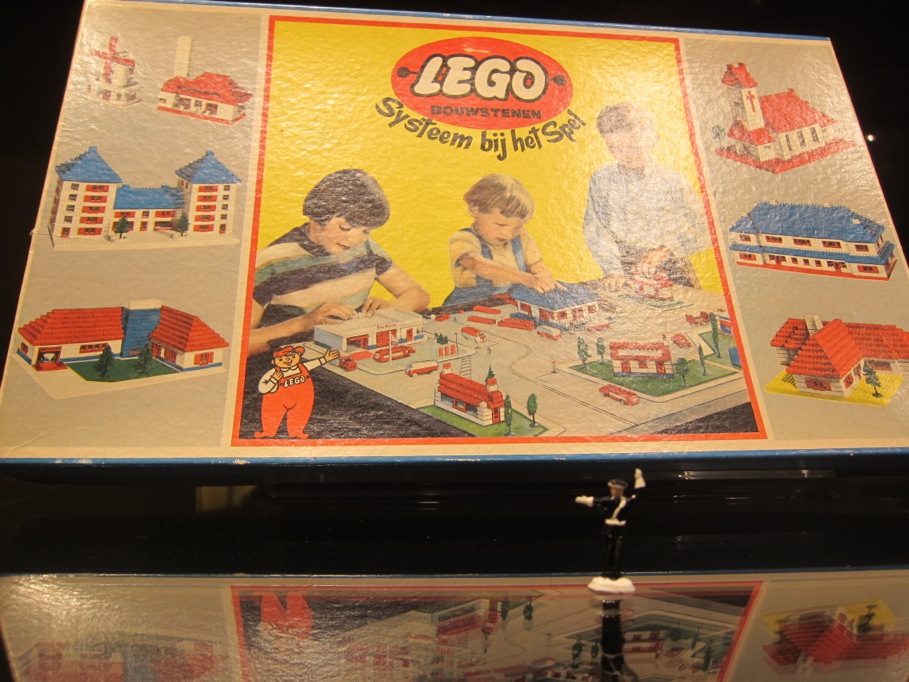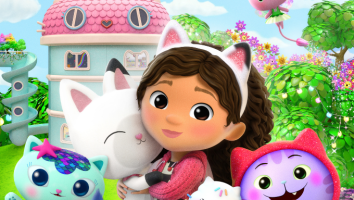This post will arrive too late, but that’s fine. You can still be helpful.
As you open your Kidscreen Daily and click through to read this week’s blog, I’ll be speaking at the Lego IDEA Conference in Billund, Denmark. They asked me to provide short insights toward a strategy session on how best to use media to engage parents in play with their children.
The conference is the start of an ongoing dialogue, not an end in itself. So, I’ll tell you what I plan to say, then I’d love to have your thoughts in the comments section. Was I on track? What would you suggest, instead, or in addition?
This is a bit outside the usual thread of this blog, but the way I see it, if I can provoke an idea exchange from both our academic readers and our industry readers, that would be the best possible way to build our bridge.
With only four minutes to speak, I plan to suggest four dimensions to the challenge of engaging parents in co-play. I’m not talking, necessarily, about play with media, but about using media to help parents be more playful, broadly. The head of the Lego Foundation used a very helpful “three Es” this morning to describe play, that may be inspirational – Explore, Experience and Experiment.
My four dimensions are time, space, confidence and culture.
“Time” refers to inspiring play “in the moment.” It’s all well and good to give generic advice about the value of playfulness, but like industrial parts supply, “just in time” delivery of parenting advice proves most helpful and efficient. How much time do you have for play? What time of day is it, and is this a wind-up or a wind-down moment? Sites like Germany’s toywheel.de and the Sesame Workshop Family Play app are excellent at helping parents discover content for the context.
“Space” encompasses ideas for play where you are right now, with immediately available tools and resources. How can I have a playful trip to the grocery store, or what are some new ideas to use on our 2,184th trip to the playground? Here, I am interested in the possibilities generated by a world that is increasingly tagged, documented and reviewed. How can we use Augmented Reality, or both physical and virtual geo-caching to leave playful materials for the next family to come along? Could we share stories or games about our experiences in a certain place, for other families to find and extend? What would happen if family gathering places (natural and built) installed technology triggers to deliver specific play recommendations, the way stores are beginning to deliver discount offers as you linger by a display?
“Confidence” refers to many parents’ discomfort with knowing how to be playful, with “doing it right.” George Bernard Shaw said “we don’t stop playing because we grow old, we grow old because we stop playing;” however, even at the Lego conference – a gathering of play experts, several people admitted to being inhibited about getting down on the child’s level.
As another conference participant told me, “when you tell some people they are their child’s first teacher, it makes them very anxious.” This seems especially true in low-income communities. I’ve recently seen a few initiatives using text messaging to deliver daily tips – simple, supportive ideas in “bite-size” portions designed not to overwhelm an already-busy parent.
That many of those who need support for being playful parents are living outside their home culture is a reminder that we need to support play that respects a family’s traditions and values. As I’m in Denmark, when I speak I’ll quote one of my children’s media mentors – Mogens Vemmer, the former head of children’s programming for Danish public broadcasting. He gave two charges to his producers: “when children wake up and turn on the TV, they should know where they are,” and “kids should understand that all children grow up with equal dignity, even under unequal circumstances.”
Many aspects of play are linked to culture – traditional games, toys, songs and rhymes. Often, there are echoes of similarity across countries or regions – ways of playing that are almost the same in different places. Over the years, there have been many TV programs that introduced children to how kids play in other places; how could we use media to help parents see the connections between their own childhood games and what their children experience? This, too, could help engage them as play partners, and help both old and young connect across distances, past and present.
Given the opportunity, how would you use media to spark parents to be comfortable and effective playmates for their children?
Words of the Post: 915 million. This is the number of different combinations in which just six 4×2 Lego bricks can be assembled.

























